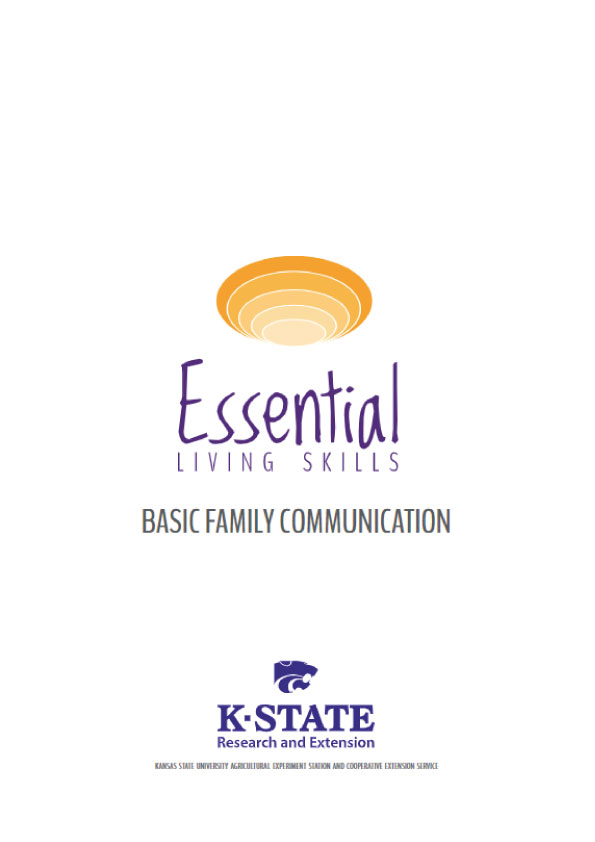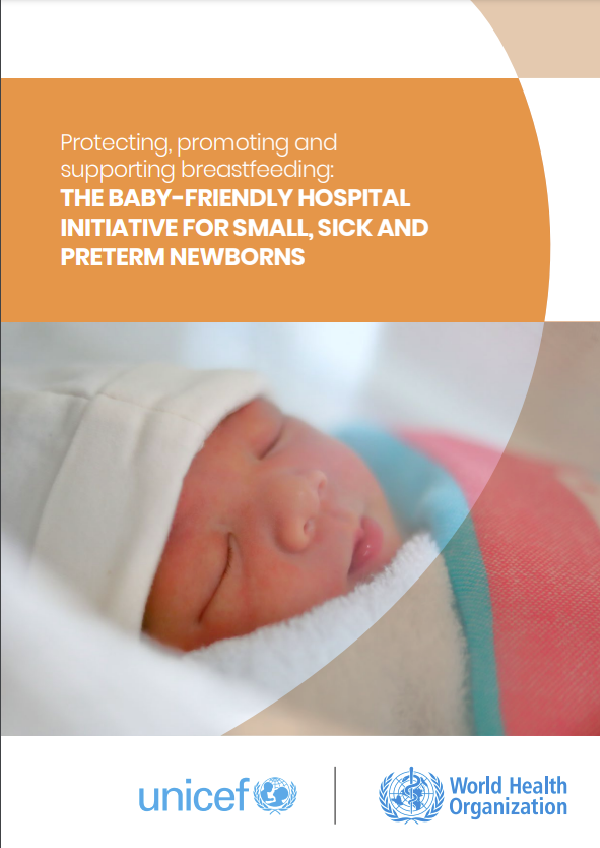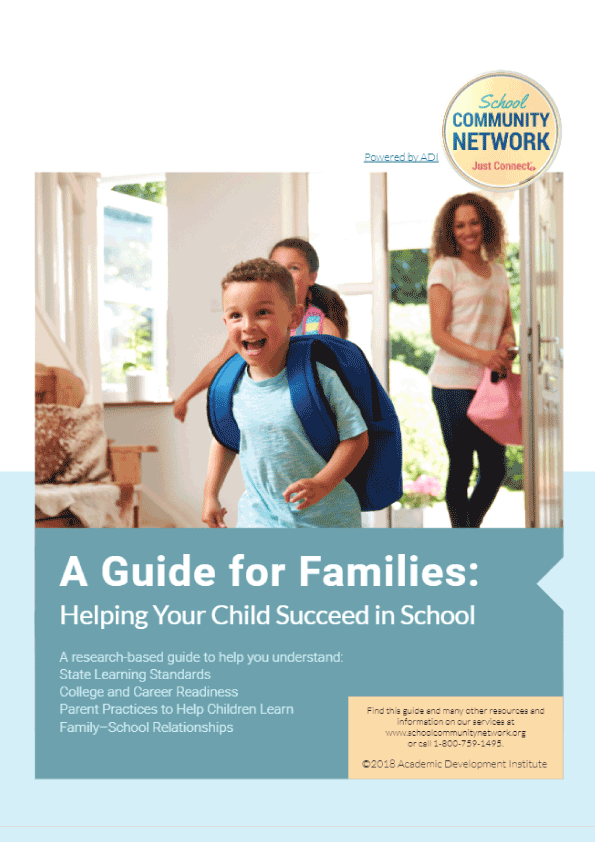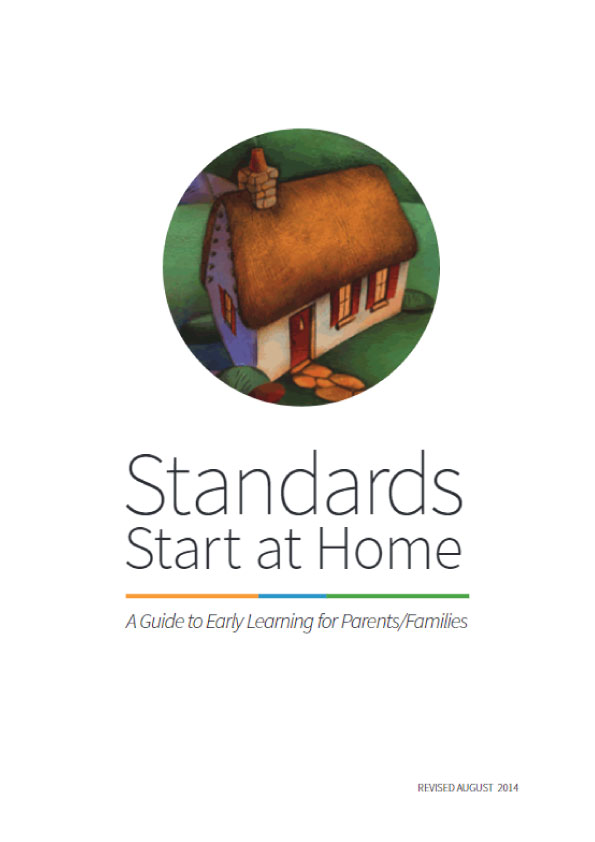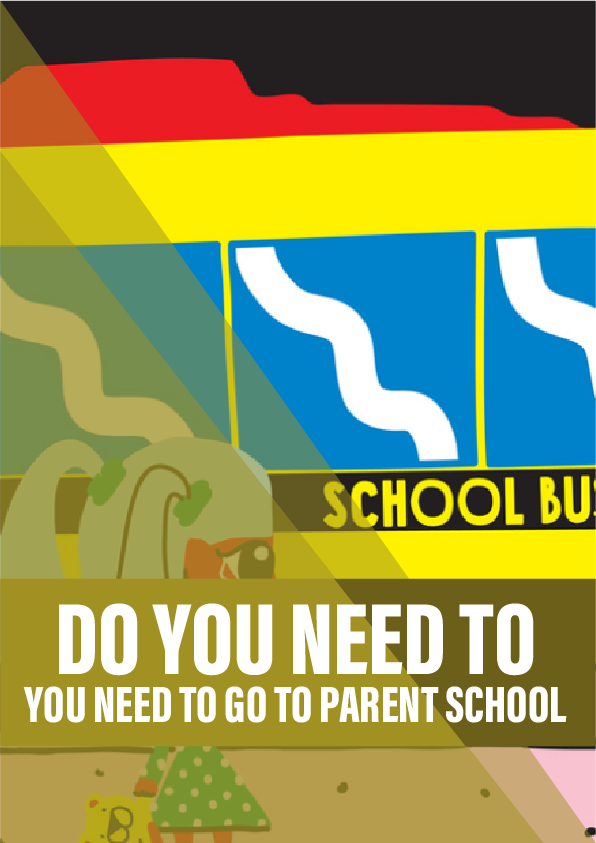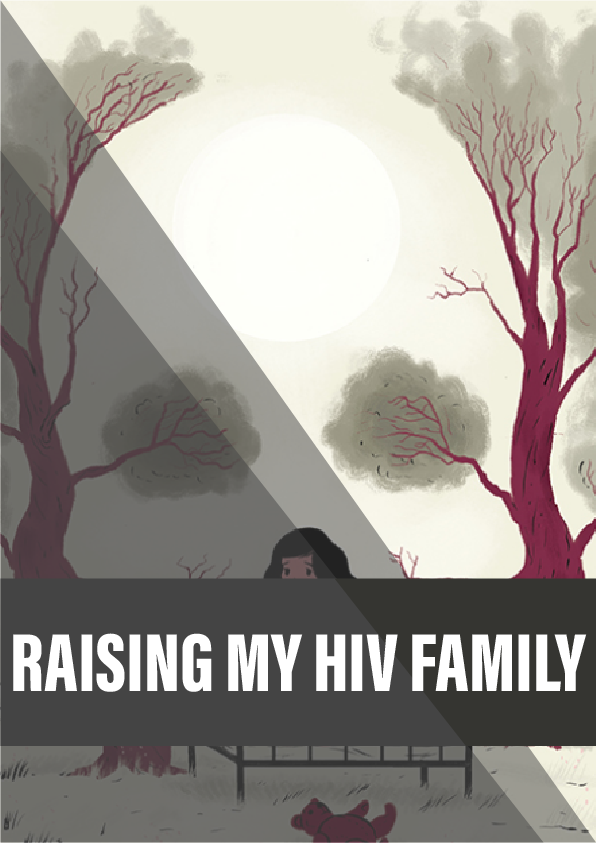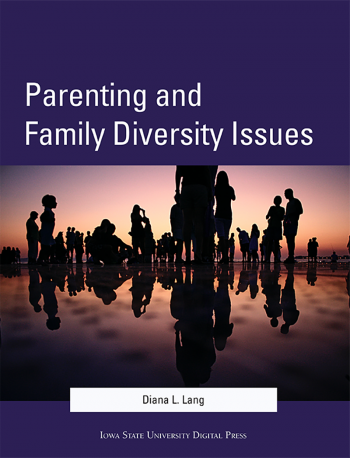Leader’s Guide
Program Description
Basic Family Communication is designed for families who are seeking to improve everyday communication among family members. This educational program emphasizes skill-building for improving family communication and interaction. It is NOT a replacement for families who need counseling or therapy to deal with their family problems.
The goal of the program is to nurture in family members the capacity to engage in mindful communication with each other. Mindfulness refers to being fully present when communicating with each other and making communication decisions that take into consideration the needs and circumstances of each family member (Smith, 1999).
Objectives
Participants will learn:
- How family communication affects family relations.
- Effective ways to listen to other family members.
- Respectful ways to express themselves.
- The impact of unspoken family rules.
- How to handle difficult issues.
- The benefits of having fun together.
Program Design
The following six basic concepts are used to describe family communication:
- Why Family Communication Is Important
- Take Time to Listen
- How We Say It Makes a Big Difference
- The Impact of Unspoken Rules
- Handling Tough Times
- Having Fun Together
Each communication concept, available on a separate fact sheet, can be copied for persons inquiring about a specific issue. These fact sheets give a brief explanation of the concept followed by examples and skill-building ideas for improving family communication
When planning a family communication workshop, this leader guide gives a suggested format for a two-hour session that provides an overview of all the information. If you have less time to conduct the workshop or want to focus on particular concepts most suited to a given audience, decide which group activities can be deleted. You may also wish to have a series of workshops, using one activity per session.
Role Of The Group Leader
Effective leaders will approach this workshop both as a teacher and a learner. Smith (1999) indicates that a teacher provides quality information, but also learns from the participants. The teacher continually asks: What do the participants know? How have they used this knowledge? What other concepts are they identifying?
Smith (1999) also talks about process versus content: “Program resources provide content. However, the process — the discussion that occurs, the listening and encouragement, responding to questions, laughing and taking chances — is important, too. How the session is organized and how it evolves is an extremely important part of the educational experience. A content-rich program that is lifeless and rigid will not be very successful (p.19).”
Target Audience
The program resources are written for adults and older adolescent youth. The size of a workshop group should be between 6 and 18 participants. A smaller group can evolve into a counseling-type session, which might lead to difficult situations for the group leader. This information is intended for presentation in an educational format only. Having a group with more than 18 participants has a tendency to limit group discussion opportunities.
Before Starting
This workshop will go smoother if you:
- Carefully review this leader’s guide and each of the fact sheets.
- Decide which of the activities and fact sheets you will use.
- Prepare yourself for each activity by thinking about participant reactions and your responses.
- Make copies of the selected fact sheets and evaluation forms for each participant.
- Assemble supplies, if needed.
Workshop Presentation
The workshop format is built upon the Experiential Learning Model (McFarland, et al., 1999). The steps modified for this workshop are:
- Start with an introductory warm-up activity.
- Have the group set ground rules.
- Explain a concept in your own words, using information on the fact sheets.
- Introduce an activity for the participants to experience.
- Share reactions and observations, reflecting on what happened.
- Generalize to discover what was learned and how it connects to real life.
- Suggest to participants to apply what was learned in the family setting.
